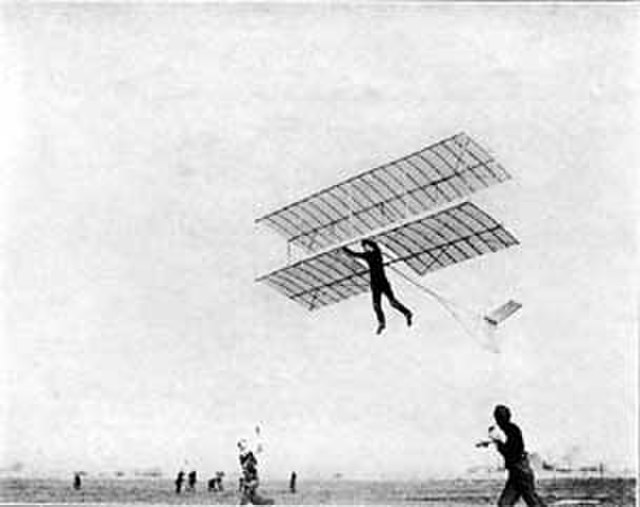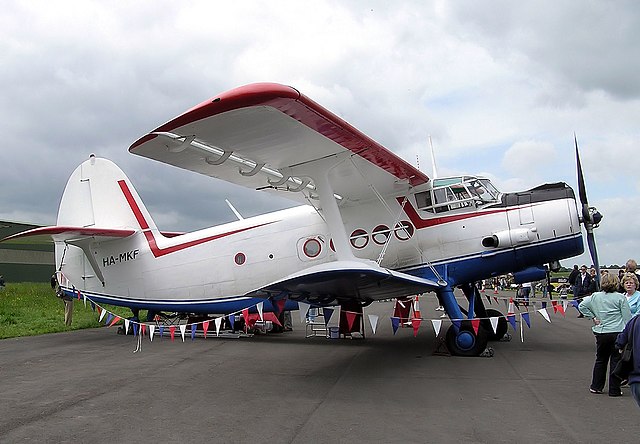The Polikarpov Po-2 served as an all-weather multirole Soviet biplane, nicknamed Kukuruznik. The reliable, uncomplicated design of the Po-2 made it an ideal trainer aircraft, as well as doubling as a low-cost ground attack, aerial reconnaissance, psychological warfare and liaison aircraft during war, proving to be one of the most versatile light combat types to be built in the Soviet Union. As of 1978 it remained in production for a longer period of time than any other Soviet-era aircraft.
Polikarpov Po-2
A Po-2 at a museum in Dresden, Germany
Damaged and abandoned Po-2 forced to land in Ukraine, and subsequently captured by German troops, 1941.
U-2LNB night attack aircraft of the Polish 2nd Night Bomber Regiment "Kraków" (in Polish Aviation Museum)
A biplane is a fixed-wing aircraft with two main wings stacked one above the other. The first powered, controlled aeroplane to fly, the Wright Flyer, used a biplane wing arrangement, as did many aircraft in the early years of aviation. While a biplane wing structure has a structural advantage over a monoplane, it produces more drag than a monoplane wing. Improved structural techniques, better materials and higher speeds made the biplane configuration obsolete for most purposes by the late 1930s.
First World War Sopwith Camel biplane
1920s biplane hang glider
The Gloster Gladiator, a World War II fighter biplane
Soviet Antonov An-2 biplane from the 1940s








